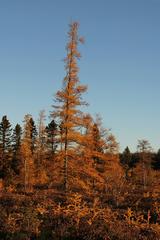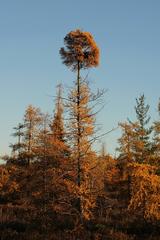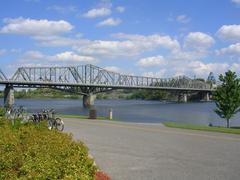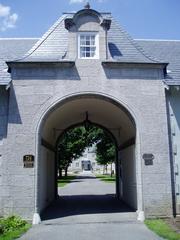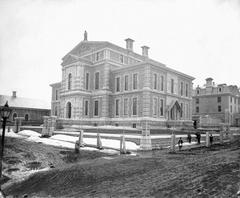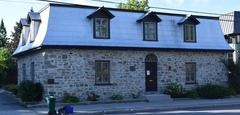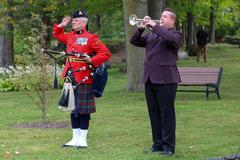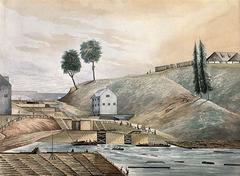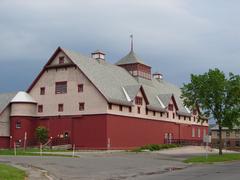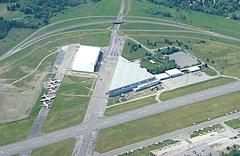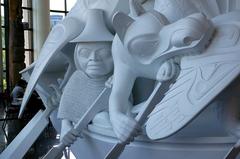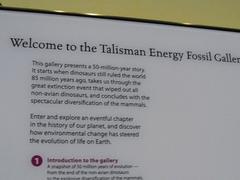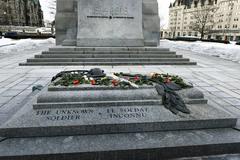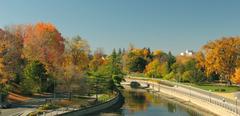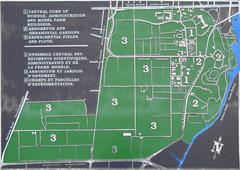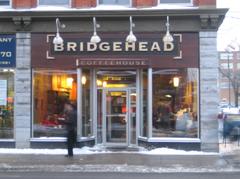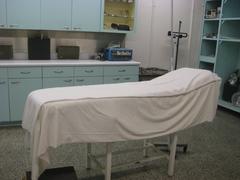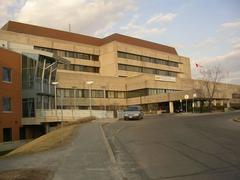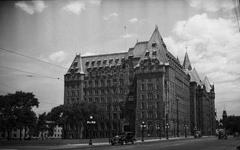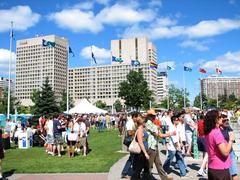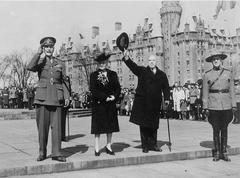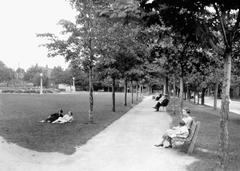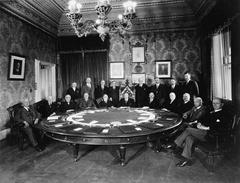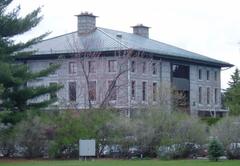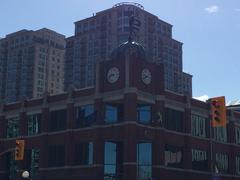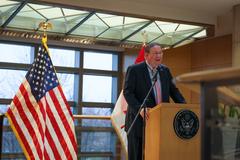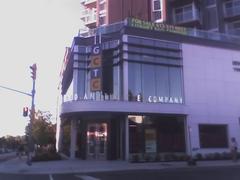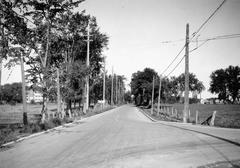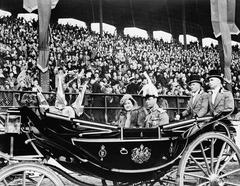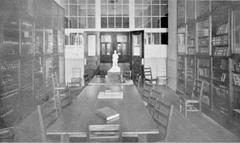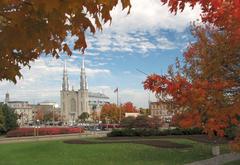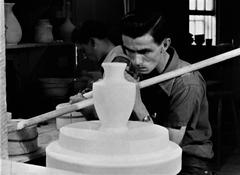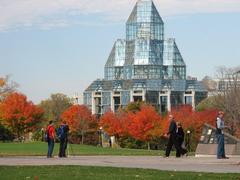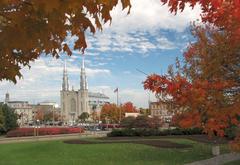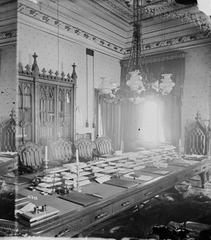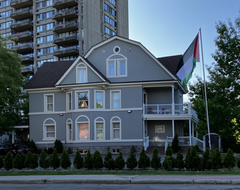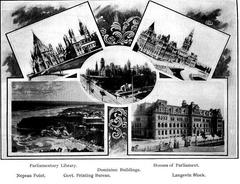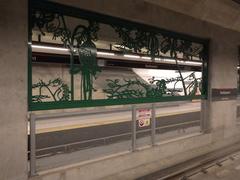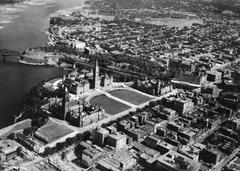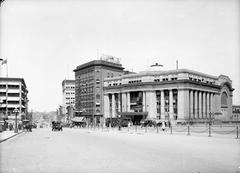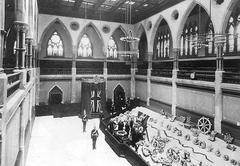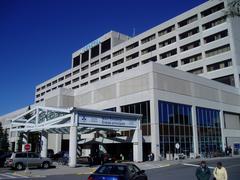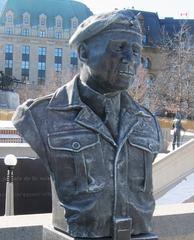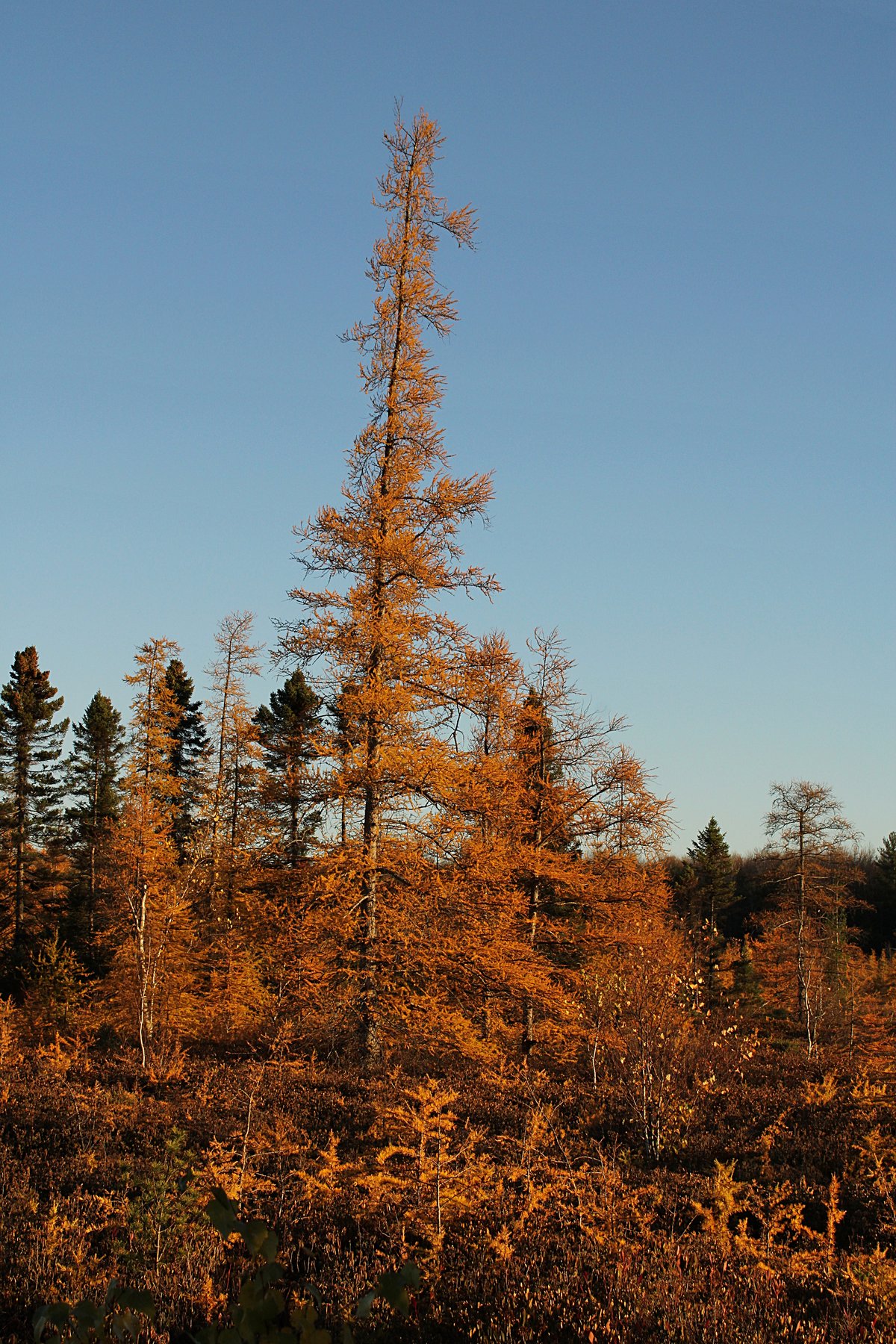
Comprehensive Guide to Visiting Mer Bleue Bog Trail, Ottawa, Canada
Published Date: 23/07/2024
Introduction to Mer Bleue Bog Trail
Welcome to the Mer Bleue Bog Trail, an extraordinary natural landmark located in Ottawa, Canada. This hidden gem is renowned for its geological, ecological, and cultural significance, offering visitors a unique blend of history, natural beauty, and educational opportunities. Formed around 8,000 years ago during the last glacial period, Mer Bleue Bog is a classic example of a northern boreal peatland, which is rare in southern Canada. The retreat of the Laurentide Ice Sheet left behind a landscape rich in wetlands, peat bogs, and forests, creating a serene environment that often resembles a vast sea of blue due to the reflection of the sky on its waters (National Capital Commission).
Before European settlers arrived, the area was inhabited by Indigenous peoples, including the Algonquin Anishinaabe, who relied on the bog for resources such as medicinal plants, game, and fish. The cultural and spiritual significance of Mer Bleue to these communities is profound. With the arrival of European settlers in the 19th century, efforts were made to drain parts of the bog for agriculture, but these attempts were largely unsuccessful. Despite these changes, the bog remained relatively undisturbed and has since become a focal point for conservation efforts, scientific research, and environmental monitoring (Ramsar Convention).
Today, Mer Bleue Bog Trail is managed by the National Capital Commission (NCC) and offers a variety of recreational and educational activities. Visitors can explore well-maintained boardwalks, observe diverse wildlife, and participate in guided tours and educational programs. Whether you’re a nature enthusiast, bird watcher, or photographer, Mer Bleue provides an enriching experience for all. This guide will cover everything you need to know about visiting Mer Bleue Bog Trail, including its history, visiting hours, travel tips, and more.
Table of Contents
- Introduction
- Geological Formation and Early History
- Indigenous Significance
- European Settlement and Agricultural Use
- Conservation Efforts and Ecological Importance
- Scientific Research and Environmental Monitoring
- Visiting Information
- Recreational and Educational Value
- Cultural and Community Engagement
- Future Challenges and Conservation Efforts
- FAQ
- Conclusion
Geological Formation and Early History
Mer Bleue Bog, located in Ottawa, Canada, is a significant natural landmark formed approximately 8,000 years ago during the last glacial period. The retreat of the Laurentide Ice Sheet left behind a landscape characterized by a mix of wetlands, peat bogs, and forests. The bog itself is a classic example of a northern boreal peatland, which is rare in the southern part of Canada. The name “Mer Bleue,” meaning “Blue Sea” in French, reflects the bog’s appearance, which often looks like a vast, serene sea of blue due to the reflection of the sky on its waters.
Indigenous Significance
Before European settlers arrived, the area around Mer Bleue was inhabited by Indigenous peoples, including the Algonquin Anishinaabe. The bog and its surrounding wetlands were crucial for their subsistence, providing resources such as medicinal plants, game, and fish. The Indigenous communities had a deep understanding of the bog’s ecosystem and utilized its resources sustainably. The cultural significance of Mer Bleue to these communities is profound, as it was not only a source of sustenance but also a spiritual and cultural landscape.
European Settlement and Agricultural Use
With the arrival of European settlers in the 19th century, the landscape of Mer Bleue began to change. Settlers initially viewed the bog as wasteland, but it soon became apparent that the surrounding fertile lands were suitable for agriculture. Efforts were made to drain parts of the bog to convert it into farmland, but these attempts were largely unsuccessful due to the bog’s extensive peat layers and high water table. Despite these challenges, the surrounding areas were developed for agriculture, and the bog remained relatively undisturbed.
Conservation Efforts and Ecological Importance
In the mid-20th century, the ecological importance of Mer Bleue began to be recognized. The bog is one of the most significant natural areas in the Ottawa region, covering over 3,500 hectares. It is home to a diverse range of flora and fauna, including several rare and endangered species. The peatlands of Mer Bleue play a crucial role in carbon sequestration, helping to mitigate climate change by storing large amounts of carbon that would otherwise be released into the atmosphere.
In 1995, Mer Bleue was designated a Wetland of International Importance under the Ramsar Convention, highlighting its global ecological significance. This designation has helped to protect the bog from development and ensure its conservation for future generations. The Ramsar Convention is an international treaty for the conservation and sustainable use of wetlands, and Mer Bleue’s inclusion underscores its importance on a global scale.
Scientific Research and Environmental Monitoring
Mer Bleue has become a focal point for scientific research and environmental monitoring. Researchers from various institutions, including the National Research Council Canada, conduct studies on the bog’s unique ecosystem, climate change impacts, and carbon dynamics. The bog serves as a natural laboratory for studying peatland ecology, hydrology, and the effects of climate change on wetland environments.
One notable research initiative is the Mer Bleue Peatland Observatory, which monitors greenhouse gas fluxes, water levels, and other environmental parameters. This long-term monitoring program provides valuable data that contributes to our understanding of peatland ecosystems and their role in the global carbon cycle.
Visiting Information
Hours
The trail is open year-round, from dawn to dusk.
Tickets
Admission to the Mer Bleue Bog Trail is free.
Travel Tips
- Wear comfortable walking shoes and bring water, sunscreen, and insect repellent, especially during the summer months.
- Check the weather forecast and dress accordingly.
Recreational and Educational Value
In addition to its ecological and scientific significance, Mer Bleue Bog Trail offers recreational and educational opportunities for visitors. The trail system, which includes boardwalks and interpretive signs, allows visitors to explore the bog’s unique landscape and learn about its ecological importance. The National Capital Commission (NCC) manages the trail and provides educational programs and guided tours to enhance visitors’ understanding of the bog’s natural and cultural history.
The trail is a popular destination for nature enthusiasts, bird watchers, and photographers. It offers a chance to observe a variety of wildlife, including beavers, turtles, and numerous bird species. The changing seasons provide a dynamic backdrop, with vibrant fall colors, winter snowscapes, and the lush greenery of spring and summer.
Cultural and Community Engagement
Mer Bleue Bog Trail also plays a role in community engagement and cultural activities. Local organizations and community groups often organize events and activities at the bog, such as guided nature walks, educational workshops, and conservation initiatives. These activities help to foster a sense of stewardship and appreciation for the natural environment among community members.
The bog’s cultural significance is also celebrated through art and storytelling. Local artists and writers draw inspiration from the bog’s serene beauty and rich history, creating works that reflect the deep connection between people and nature. These cultural expressions help to raise awareness about the importance of preserving natural landscapes like Mer Bleue for future generations.
Future Challenges and Conservation Efforts
Despite its protected status, Mer Bleue faces several challenges that threaten its ecological integrity. Climate change, urban development, and invasive species are among the primary threats to the bog’s health. Rising temperatures and changing precipitation patterns can alter the hydrology of the bog, affecting its ability to sequester carbon and support diverse plant and animal communities.
Conservation efforts are ongoing to address these challenges and ensure the long-term protection of Mer Bleue. The NCC, along with other conservation organizations and government agencies, is working to implement adaptive management strategies that enhance the resilience of the bog’s ecosystem. These efforts include habitat restoration, invasive species control, and public education initiatives to promote sustainable land use practices.
Frequently Asked Questions (FAQ)
1. What are the visiting hours for Mer Bleue Bog Trail?
The trail is open year-round, from dawn to dusk.
2. Is there an admission fee for Mer Bleue Bog Trail?
No, admission to the trail is free.
3. What should I bring when visiting Mer Bleue Bog Trail?
Wear comfortable walking shoes and bring water, sunscreen, and insect repellent. Check the weather forecast and dress accordingly.
4. Are guided tours available?
Yes, the National Capital Commission offers educational programs and guided tours.
Conclusion
Mer Bleue Bog Trail is a site of immense historical, ecological, and cultural significance. Its rich history, from its geological formation to its role in Indigenous culture and European settlement, underscores the importance of preserving this unique natural landscape. Through ongoing conservation efforts and community engagement, Mer Bleue continues to be a vital part of Ottawa’s natural heritage and a valuable resource for scientific research, recreation, and education.
Call to Action
Ready to explore Mer Bleue? Plan your visit today and experience the beauty and significance of this unique natural landmark. Don’t forget to download the Audiala app for more information and updates on other exciting destinations. Follow us on social media for the latest news and events!
References and Sources
- National Capital Commission, 2024, National Capital Commission
- Ramsar Convention, 2024, Ramsar Convention
- National Research Council Canada, 2024, National Research Council Canada
